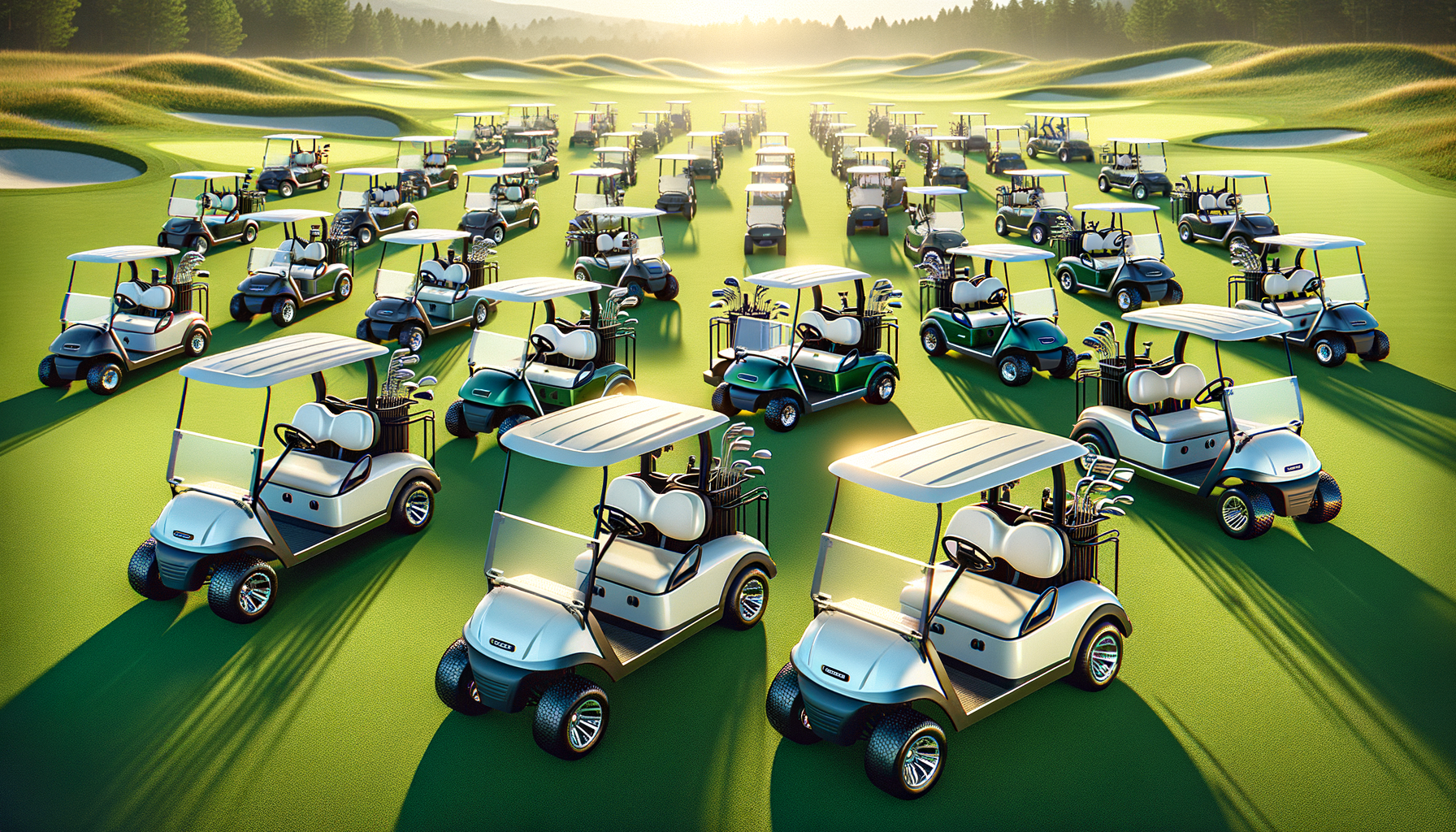Introduction to Garden Fences
Garden fences serve multiple purposes in outdoor spaces, acting as both functional and aesthetic elements. They define boundaries, offer privacy, and add a decorative touch to gardens of all sizes. With a variety of materials and styles available, garden fences can be tailored to fit the specific needs and preferences of homeowners. Whether you’re looking to keep pets safe, deter wildlife, or simply enhance the visual appeal of your garden, a well-chosen fence can make a significant difference.
Materials and Styles: Choosing the Right Fence
When selecting a garden fence, the choice of material is crucial. Common materials include wood, metal, vinyl, and bamboo, each offering unique benefits and aesthetic qualities. Wooden fences are traditional and can be painted or stained to match the garden’s theme. Metal fences, such as wrought iron or aluminum, provide durability and a classic look. Vinyl fences are low-maintenance and available in various colors and styles. Bamboo fences offer an eco-friendly option with a natural appearance.
Styles range from picket and lattice to solid panel and post-and-rail designs. Picket fences are charming and ideal for cottage gardens, while lattice fences offer a balance of privacy and openness. Solid panel fences provide maximum privacy and security, making them suitable for urban environments. Post-and-rail fences are rustic and perfect for large, open spaces.
Installation and Maintenance Considerations
Proper installation is key to ensuring the longevity and effectiveness of a garden fence. It’s important to consider factors such as soil type, fence height, and local regulations. For instance, installing a fence on uneven terrain may require additional planning and materials. Maintenance needs vary depending on the material; wooden fences may require periodic staining or painting, while metal fences might need rust prevention treatments. Vinyl and bamboo fences generally require less maintenance, making them appealing for those seeking convenience.
Regular inspections can help identify potential issues early, such as loose posts or damaged panels. Addressing these promptly can prevent more significant problems and extend the fence’s lifespan.
Environmental Impact and Sustainability
As environmental awareness grows, many homeowners are considering the ecological impact of their garden fences. Sustainable options include using reclaimed wood or bamboo, which are renewable resources. Additionally, opting for locally sourced materials can reduce the carbon footprint associated with transportation.
Some fences are designed to support local wildlife, such as hedgehogs and birds, by incorporating gaps or nesting areas. This approach not only benefits the environment but also enhances the garden’s biodiversity.
Conclusion: Enhancing Your Outdoor Space
A garden fence is more than just a boundary marker; it’s an integral part of the landscape that can enhance both functionality and aesthetics. By carefully selecting materials, styles, and installation methods, homeowners can create a fence that complements their garden’s design while meeting practical needs. Considering environmental factors and sustainability can further enrich the garden’s value, making it a welcoming space for both people and wildlife.
Ultimately, a well-chosen and maintained garden fence can transform an ordinary yard into a personal sanctuary, offering privacy, security, and beauty for years to come.






